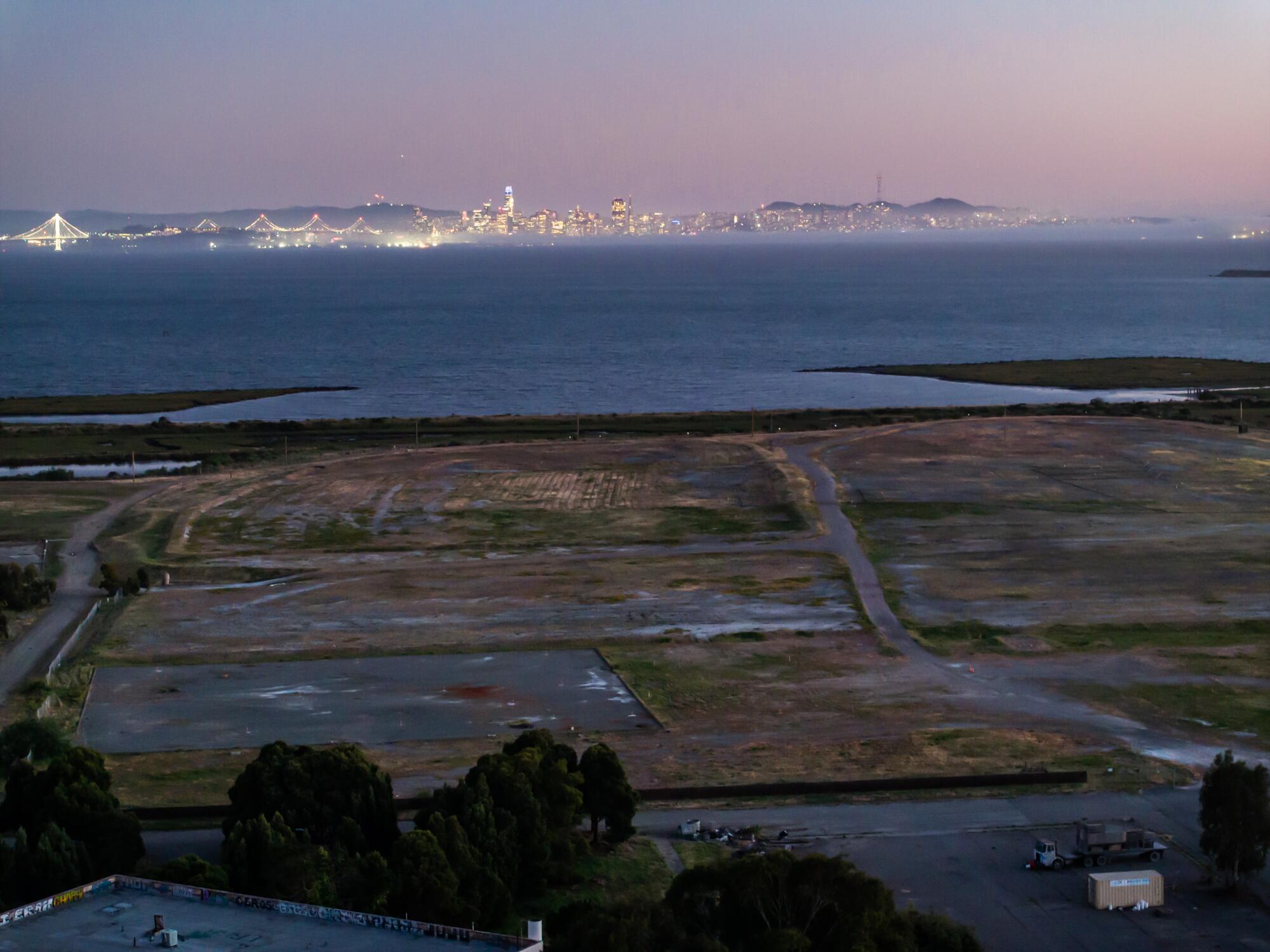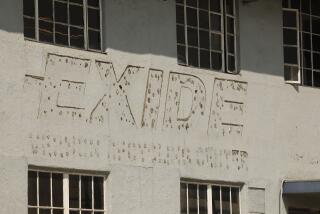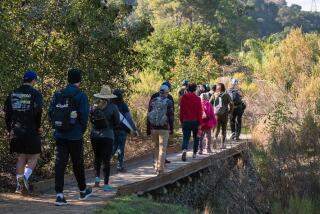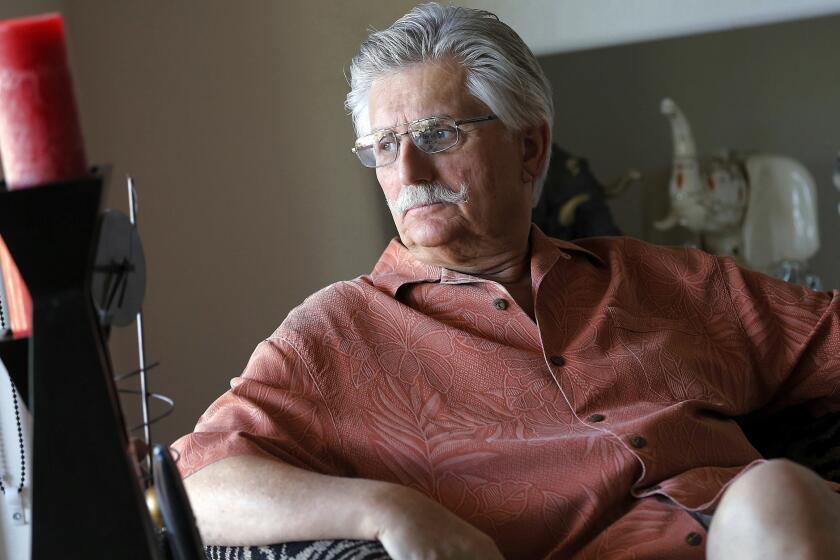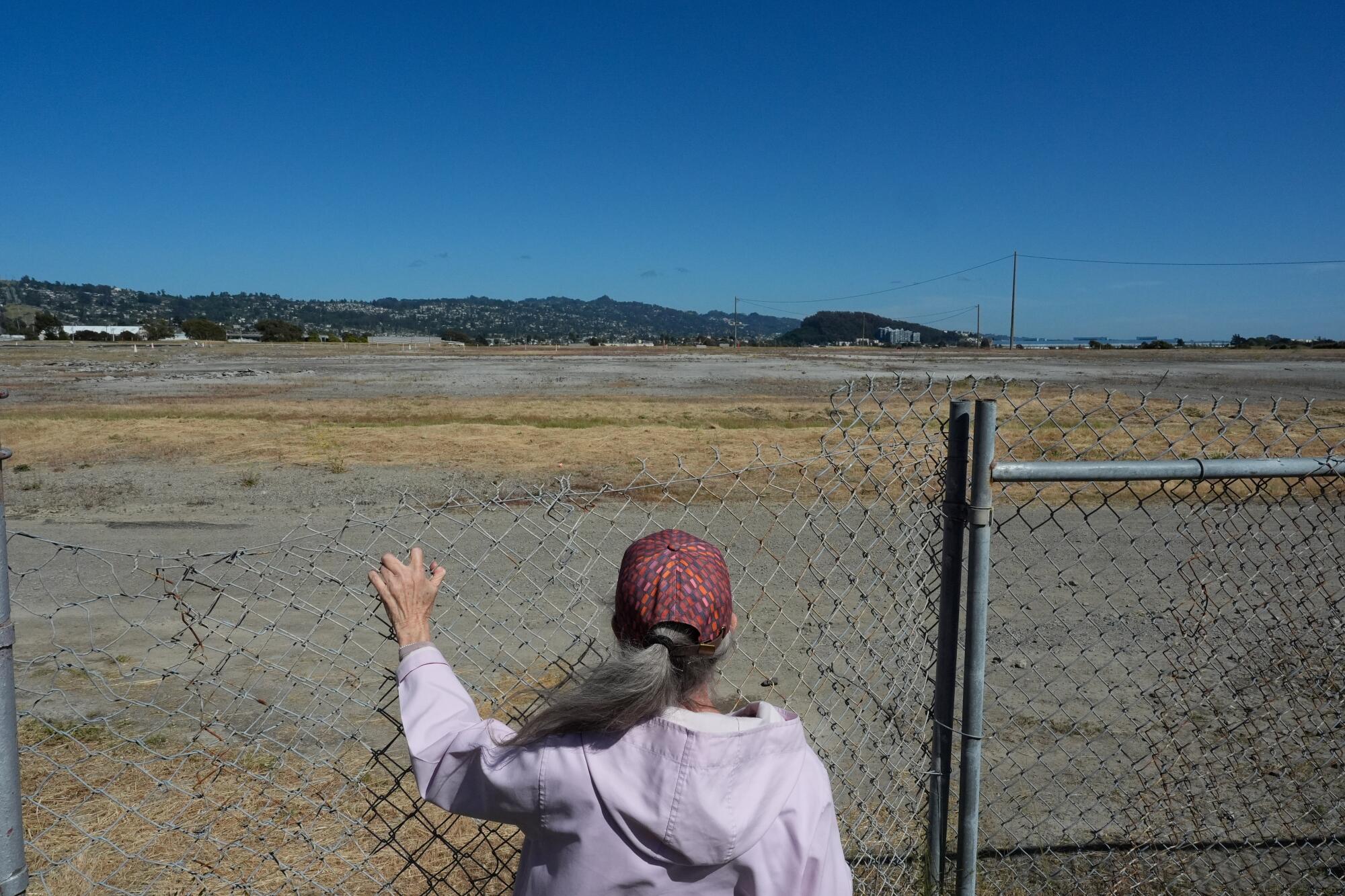
Beyond a chain-link fence topped with spiraled barbed wire, swaying coastal grasses conceal a cache of buried radioactive waste and toxic pesticides from a bygone chemical plant.
Warning signs along the Richmond, Calif., site’s perimeter attempt to discourage trespassers from breaching the locked gates, where soil testing has detected cancer-causing gamma radiation more than 60 times higher than background levels in some places.
Aggressive and impactful reporting on climate change, the environment, health and science.
For most of the 20th century, the former Stauffer Chemical Co. disposed of thousands of tons of industrial waste near its factory grounds along Richmond’s southeast shoreline. In the last two decades, the California Department of Toxic Substances Control has overseen the investigation into the extent of contamination, revealing elevated radioactivity underground and at the surface. Testing also found hazardous levels of heavy metals, including brain-damaging lead, and the banned pesticide Dichlorodiphenyltrichloroethane (DDT).
But the barbed-wire-ringed Richmond site wasn’t Stauffer’s only dumping ground.
According to DTSC archival records, Stauffer discarded industrial waste at several Bay Area sites — including present-day César Chávez Park and the Albany Bulb, two popular parks built atop former municipal landfills. But it wasn’t until last year that DTSC officials shared the chemical manufacturer’s historic disposal records with regulators in charge of the other sites.
“This was news to us,” said Keith Roberson, an engineering geologist for the San Francisco Bay Regional Water Quality Board, which has oversight of the former municipal landfills. “It was documented in a letter from 1980. No one that currently works for the Water Board was familiar with that letter.”
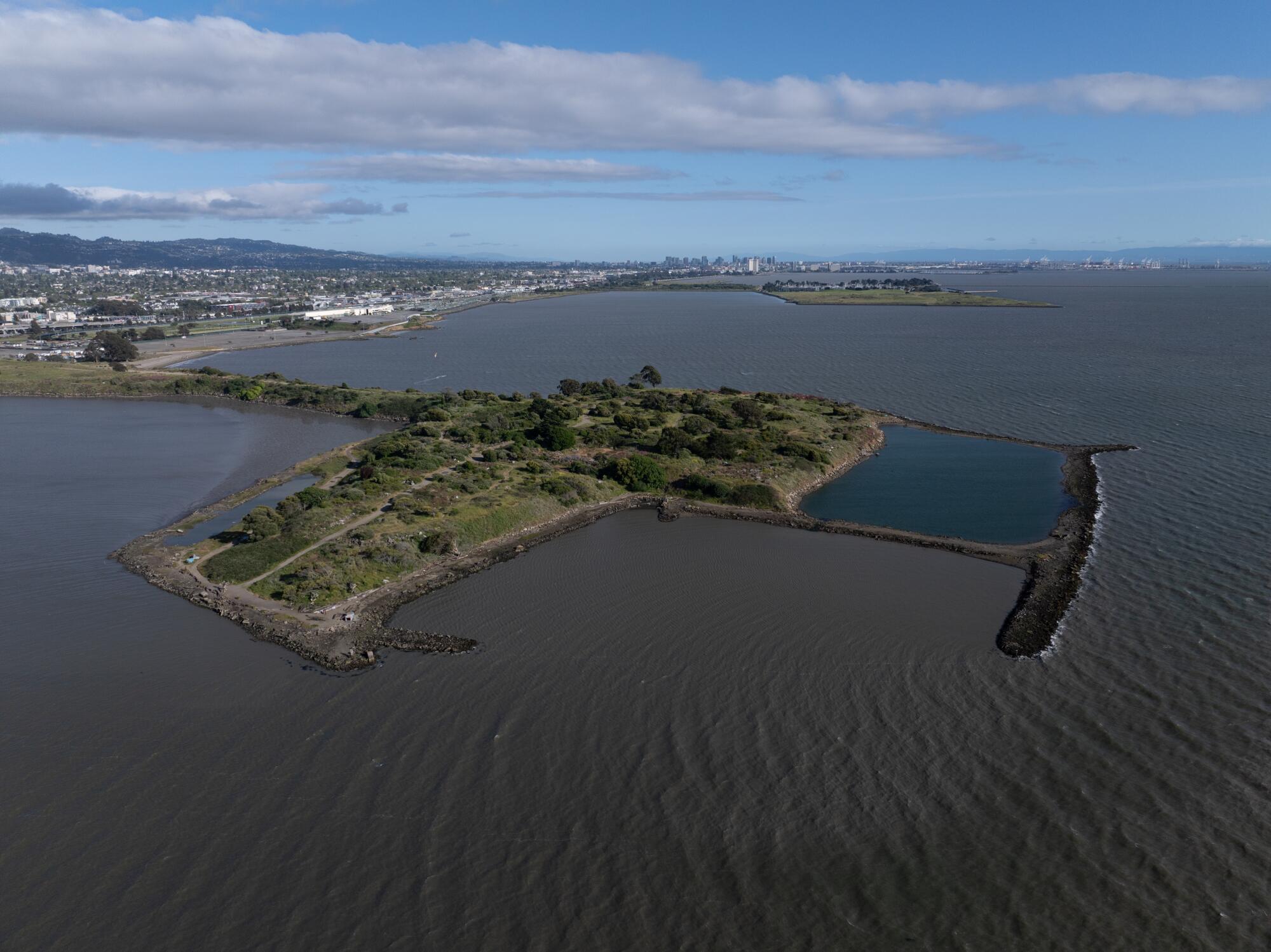
The water board, in turn, informed the cities of Berkeley and Albany that more than 11,000 tons of Stauffer’s waste was dumped in their landfills from 1960 to 1971, adding that it’s reasonable to suspect the same toxic materials in Richmond are present there. The agency ordered the cities to test the parks for contaminants that could pose a risk to public health and wildlife.
The long-delayed outreach has shocked environmental groups and Bay Area residents who wonder why the chemical company’s disposal sites are only now coming to light. The lapse raises questions about communication between the DTSC and the water board — two sister agencies under the umbrella of the California EPA — whose cooperation is vital to protect public health and the environment.
“The fact that DTSC has sat on these documents for 44 years — shameful doesn’t begin to describe it,” said Janet Johnson, co-chair of the Richmond Shoreline Alliance.
Several government agencies have been involved in environmental oversight near Stauffer’s Richmond plant over the past four decades, including the water board and the U.S. Environmental Protection Agency, according to DTSC spokesperson Russ Edmondson. Last year, DTSC officials reached out to 11 government agencies to discuss the possible cleanup of the Blair Southern Pacific Landfill, a six-acre gated landfill in Richmond that had accepted Stauffer’s waste.
That’s when the DTSC shared with the agencies a letter dated March 28, 1980, detailing Stauffer’s disposal locations and tonnage:
- An unspecified area south of its Richmond plant received 18,700 tons.
- The nearby Blair landfill accepted 6,200 tons.
- A hazardous waste landfill in Benecia received 3,700 tons.
- And the Albany and Berkeley landfills received 11,100 tons each.
Regulators suspect a significant portion of Stauffer’s waste is alum mud, a radioactive sludge that is a byproduct of producing aluminum sulfate.
The Albany and Berkeley landfills, specifically, have undergone drastic transformations from their days as coastal dumping grounds. At the same time, California’s rules and understanding of hazardous waste disposal have evolved too.
The Albany landfill was the final destination for construction and demolition debris until 1984, when local officials began converting it into a park. Today it is home to outre public art made from reclaimed wood and stone. The 90-acre Berkeley landfill received 1.5 million tons of municipal waste until its eventual closure in 1990, and it later became Chávez Park, a popular waterfront destination with an off-leash dog park.
Both have hiking trails that offer breathtaking views of the San Francisco Bay as well as host a variety of migratory birds and other wildlife.
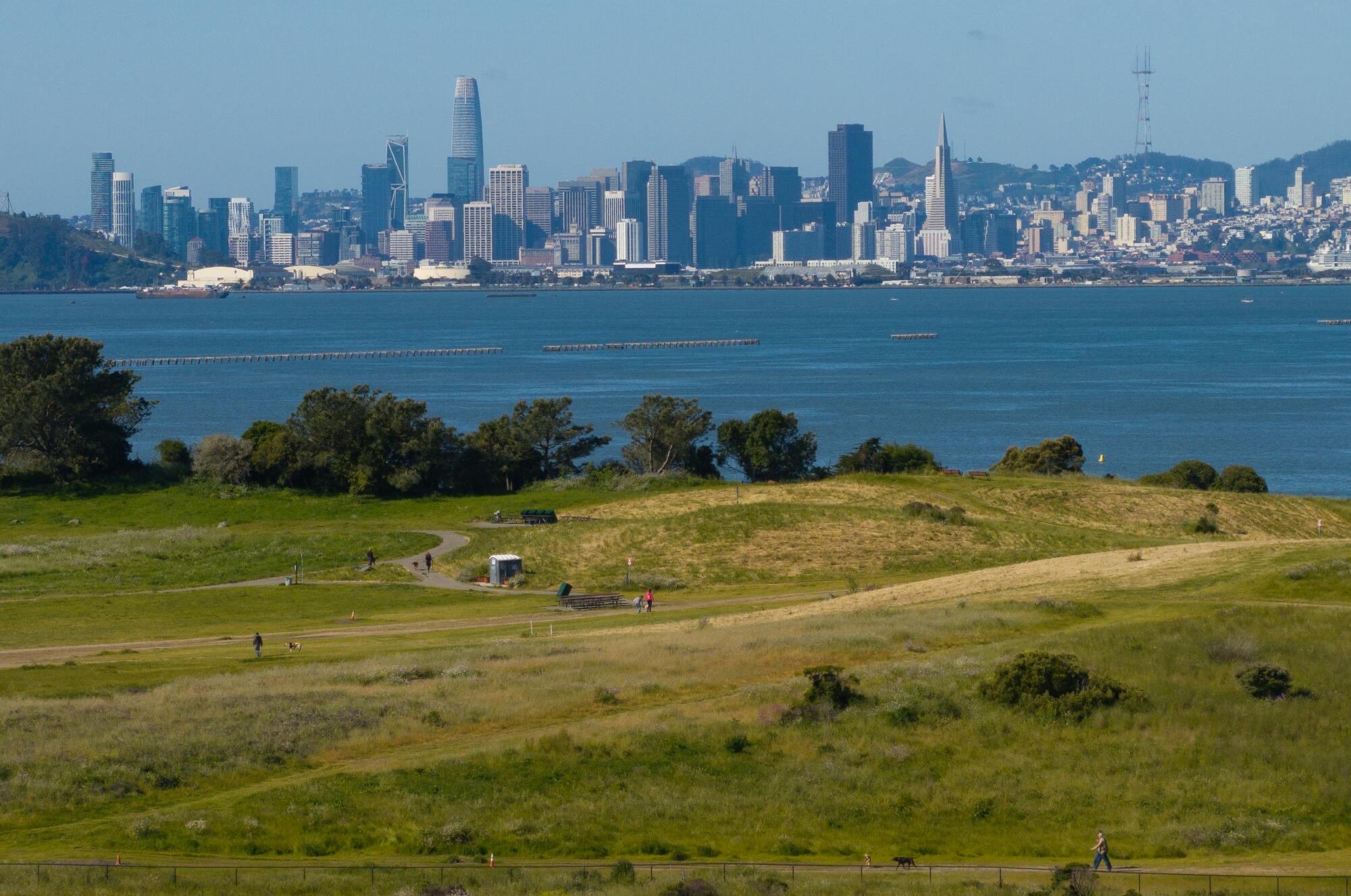
Although Berkeley is preparing to sweep Chávez Park with radiation detectors, there was no signage about potential radioactivity or harmful waste visible on a visit this month to the peninsula.
At a recent public meeting in Berkeley, Jim McGrath, former chair of the regional water board and a Berkeley resident, asked about the Stauffer waste. City public works officials downplayed any concerns.
“All of this is just precautionary,” one public works engineer said at the meeting. “The water board confirmed that it is safe.”
But the water board made no such determination. In a January letter to Albany and Berkeley city officials, it wrote that the landfills “may have accepted industrial waste materials that could present a risk to water quality, human health, and the environment.”
Berkeley officials said the information they have so far doesn’t warrant park closures or limitations.
“The key words there are ‘may’ and ‘could,’” Berkeley spokesperson Matthai Chakko said via email, referencing the water board’s letter. “Those are not definitive words. As mentioned, we will be doing testing as a precaution, and the findings will determine next steps.”
Albany spokesperson Brennen Brown said the water board did not know if radioactive alum mud from Stauffer was dumped in the city’s landfill, “and no prior investigation has indicated any actionable public health and safety issues.”
Little public awareness

On a recent weekday, Mitchell Engberg took his 3-year-old labradoodle, Olive, to Chávez Park. The Oakland resident visits there and the Albany Bulb several times a week and had heard little about potential health risks.
“Does it mean the soil is tainted? Does it mean the water in the shoreline is affected? It’s definitely alarming, and it’s concerning,” he said. “And I feel like like if there’s information to know, I want to know.”
In Richmond, several homeless encampments have cropped up atop radioactive materials on the Blair landfill, which is owned by Union Pacific Railroad and the California Department of Transportation. In an email to Contra Costa County homeless outreach officials, a DTSC official said the radiation may not be a short-term hazard, but the area was not fit for habitation and “may represent an unacceptable elevated lifetime excess cancer risk” if exposed over years.
A man had been living there on the site for months, if not years, according to the DTSC.
Just outside the fence line, John Knox, 73, has been living in his van parked at the base of the dead-end street, where signs posted by the DTSC and property owners instruct people to stay out due to hazardous waste. Knox, a former actor, said people are vaguely aware of the contamination but have largely ignored the warnings.
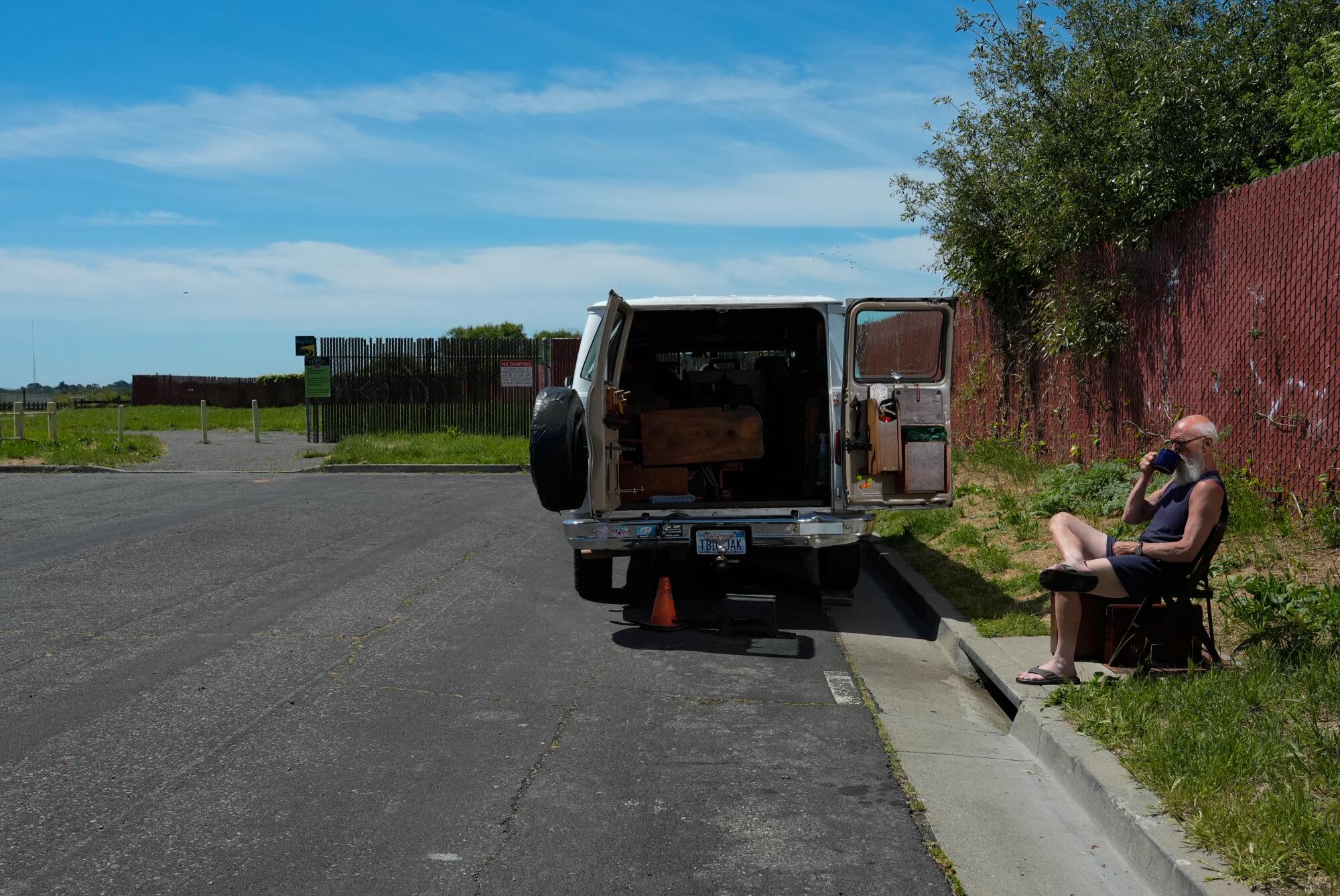
“The signage is basically ‘Don’t come in here,’ but it’s not going to give you a list of here’s the problems,” Knox said while seated in a chair outside his neatly kept panel van. “That’s basically the nature of illegal dumping.
“Some of the homeless people I know that have lived here for a long time know the history. But this is where we have chosen to land for a while.”
Michael Esposito — a retired scientist who studied the health effects of radiation and served on a DTSC community advisory group for the Richmond sites affected by Stauffer’s waste — said the soil sampling and scanning show thorium and uranium isotopes are releasing elevated levels of gamma radiation — powerful electromagnetic waves that can damage tissue and DNA as it passes through the body.
The health effects of being exposed to these rays or inhaling contaminated dust can be especially harmful for sensitive groups, he said, including pregnant women and children.
“People are not going to be falling down dead in the streets as a result of this, but it increases the relative risk” for cancer, Esposito said. “Moreover, we all know that the human population is very variable with respect to susceptibility to disease, and we don’t know if we’re simply hurting people who may be in fact, more sensitive to background radiation, which, after all, breaks down DNA molecules.”
Some remediation has occurred on the former Stauffer plant grounds in Richmond, although the cleanup goals for the site fell short of what many residents and environmental groups sought. DTSC officials argued that removing more contaminated soil would translate into heavy truck traffic and more air pollution.
Developers have proposed building as many as 4,000 new units of housing, a grocery store and 30 acres of new parkland there.
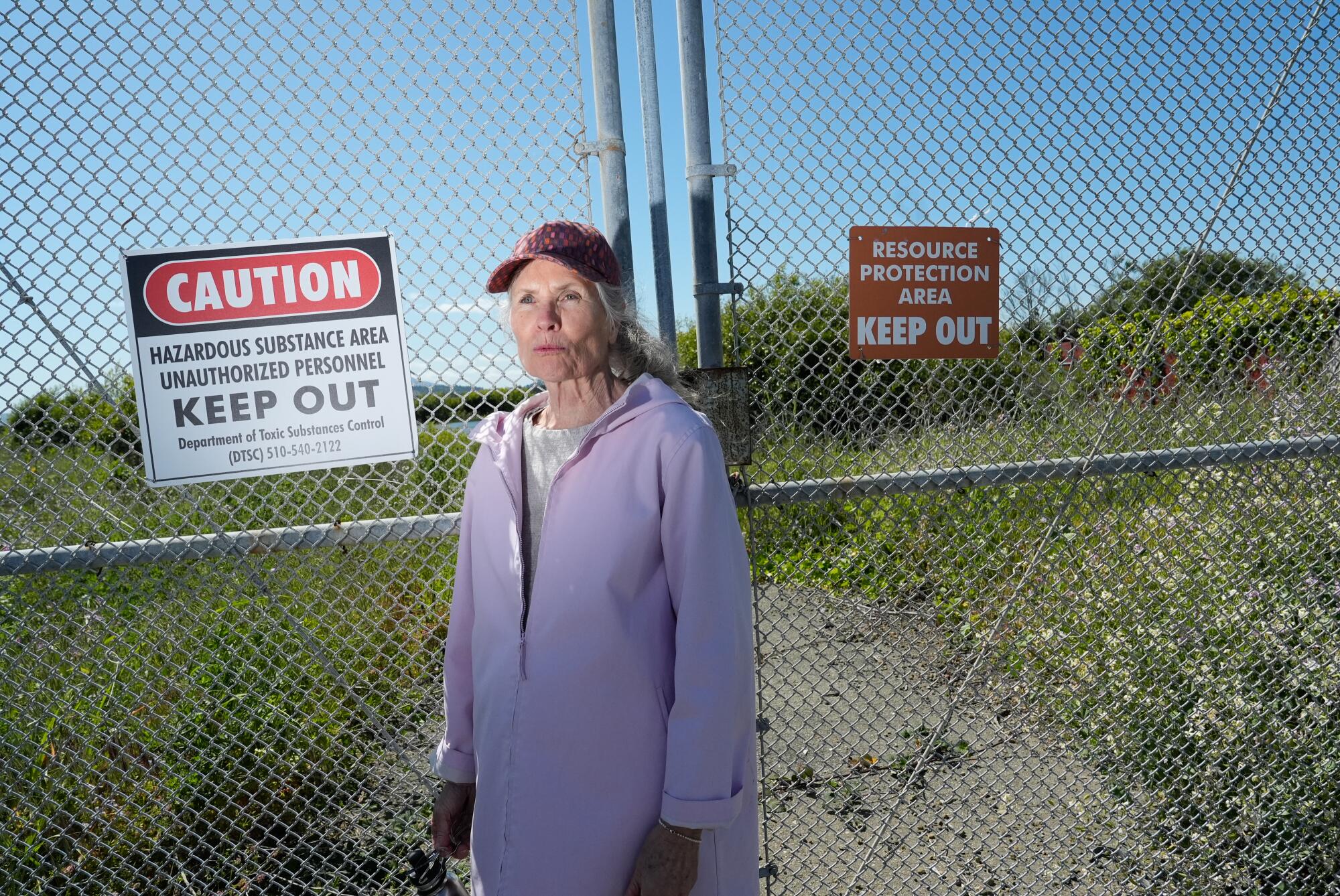
For Sherry Padgett, who lives in a neighborhood along the Richmond shoreline, the slow pace at the neighboring Blair landfill site has been disappointing. As a two-time cancer survivor, she has tried to avoid the Stauffer site and Blair landfill, which is shrouded by marshland off the San Francisco Bay Trail. She fears that the contaminants could be migrating with every rainfall and rising seas, which is raising the water table inland.
After more than a decade of soil testing, there still has been no cleanup of the Blair site. Most recently, the DTSC ordered a nearby park to be tested for comparison and to help determine the cleanup threshold for the site.
If that cleanup effort is indicative of what’s to come for Albany and Berkeley, she hopes the cities will take precautions sooner rather than later.
“The average citizen thinks that if there’s a danger, somebody would take care of it,” Padgett said, “that they would not be allowed out there if there was any kind of potential exposure.”
She hasn’t found that to be the case.
